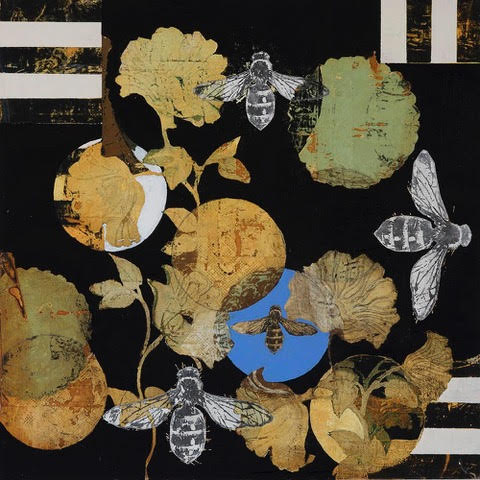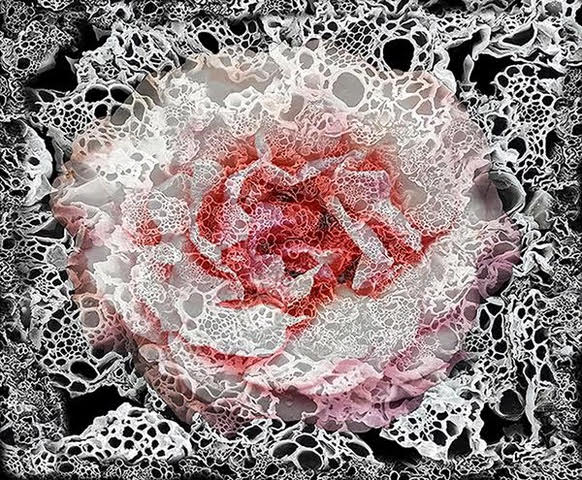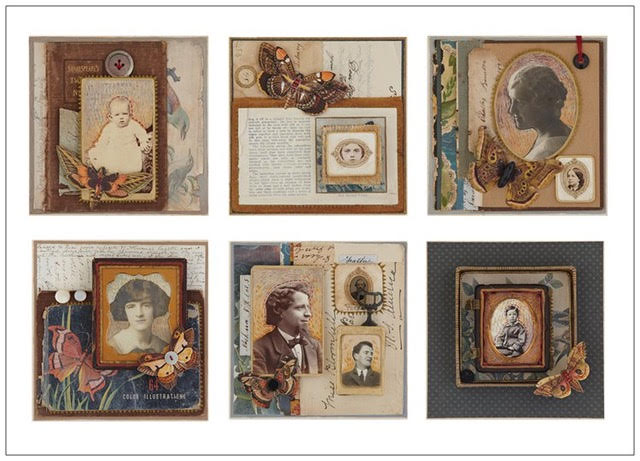While the exhibition Taking Wing has flown from the Neutra, the four artists that created the exhibition last spring are every bit in flight. Featuring beautiful and very different works by Wini Johnson Brewer, Gwen Samuels, Sheri Neva, and Susan Savory, the stellar exhibition was a strong introduction to each artists’ work.
Wini Johnson Brewer’s art focuses on the nature of bees and how important they are to our environment. “I talk about their troubles, encouraging the public to plant bee gardens, refrain from pesticides, and consider having their own backyard hive,” Brewer explains.
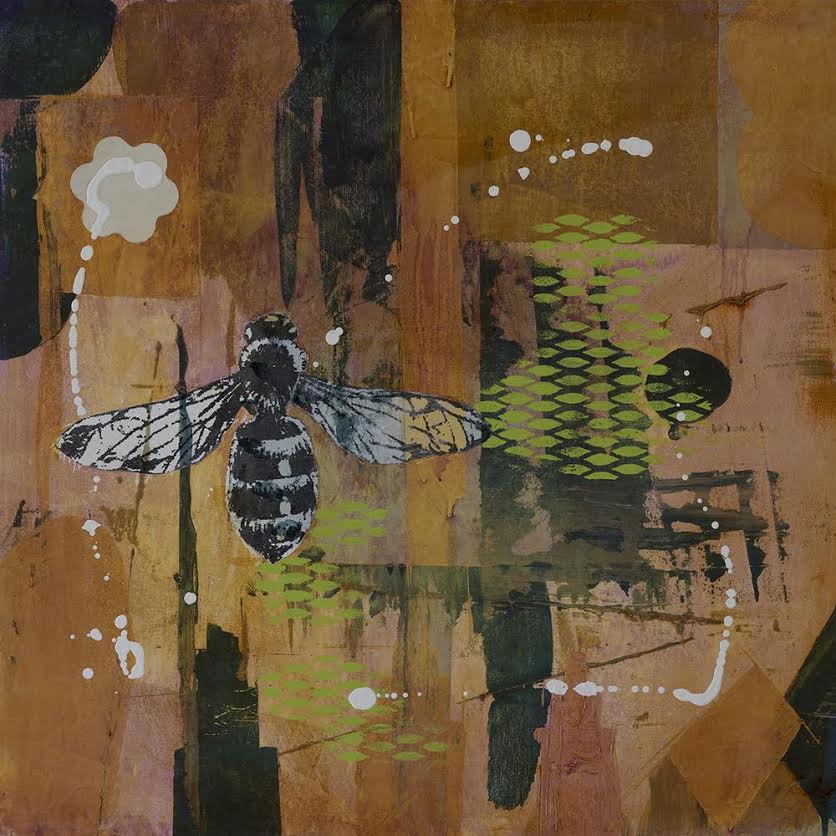
She describes the chaos found among bees as similar to that of our own society, claiming that the bees have lost their way in the world and are confused about their roles in their own hives. Her “Artificial Light” depicts bees circling a light bulb, but unlike moths, bees are not attracted to artificial light. But she has depicted them doing just that, going toward a manmade light and dying, perhaps an analogy to humans and technology and social media. There is an ancient European tradition known as the “telling of the bees,” in which a bee keeper shares with the bees important life events such as births and marriages. The belief is that if this tradition is omitted, then the bees would die. Brewer’s art is the continuation of the telling.
Gwen Samuels’ art is based in an early passion for fashion and patterns. Her background as a textile designer adds strong design elements to her work. Samuels shaping and rearranging of her photos creates an additional imagery from her depiction of delicate insects. “My love of the handmade made the needle the natural tool to pull the pieces together. I left the threads hanging as evidence of the process. I arrange them slightly off the wall with straight pins to permit shadows to interact with the forms,” the artist relates.

Her dedication to craft, time, and intimacy takes viewers on a journey that shows what you see may be more than what is first observed.
Much like Samuels’ art, Sheri Neva focuses on the patterns of nature, giving the viewer an intimate look at the world around them. Neva’s own world view changed in 2005, when she went to the Delta College Microscopy facility. It was there that she discovered a microscopic world, a fascinating mix between science and art that reveals the intricate detail and beauty of life. She now studies the structures of the world with the help of her scanning electron microscope.
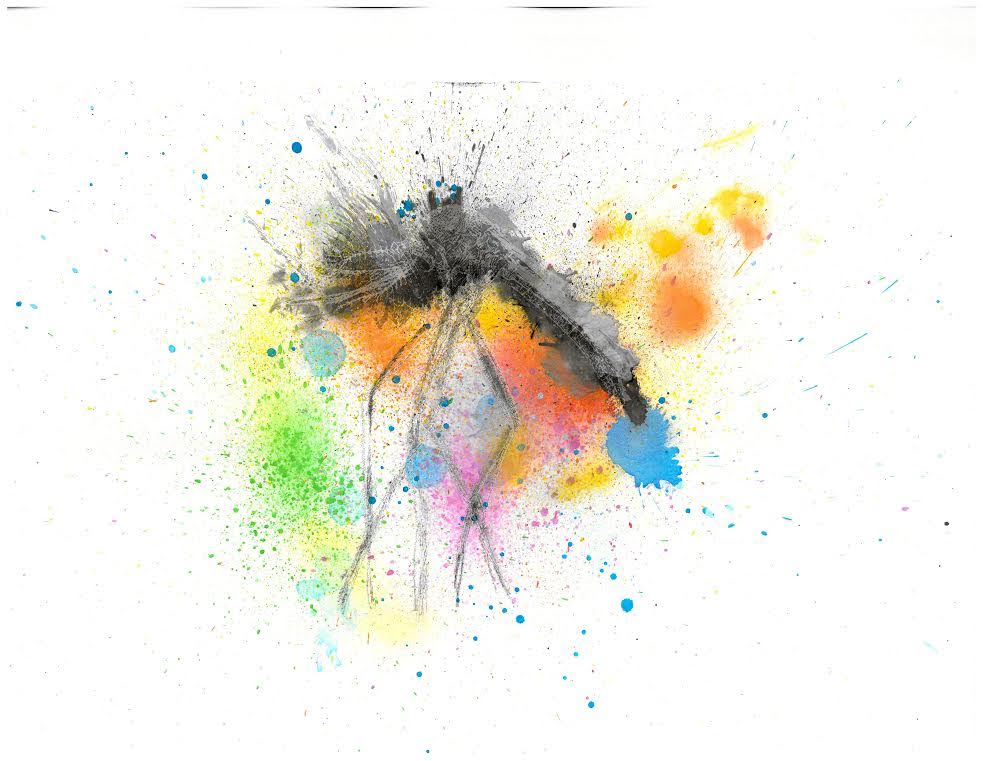
“I never know what I will find when I put a sample in the microscope,” Neva says.
“Seeing the microstructure of a mosquito wing or the grooves and pits in one single grain of sand from the beach I live on still amazes me after seven years.”
She uses science to create art, and combining the two to show the viewer what the world contains in its most minute exploration.
While Neva’s work points toward the future, Susan Savory’s art takes viewers back in time to our past. A collector of vintage mementos found in flea markets and yard sales, she uses photographs, letters, and books in her mixed media works. “I remake these with collage and paint, listening to the ghost voices of my subjects and piecing together narratives for them as I go,” she explains. “The use of materials with existing histories enforces the awareness of a connection to the transient nature of all things.”
Her inspiration refers to an old Mexican adage that suggest people die three deaths. One when the body ceases to function, another when the body is lowered into the ground, and a third and final death when there is no one left alive to remember. And much like Brewer’s tradition of the “telling of the bees,” this is Savory’s way of giving back to life, preserving and creating visual stories.
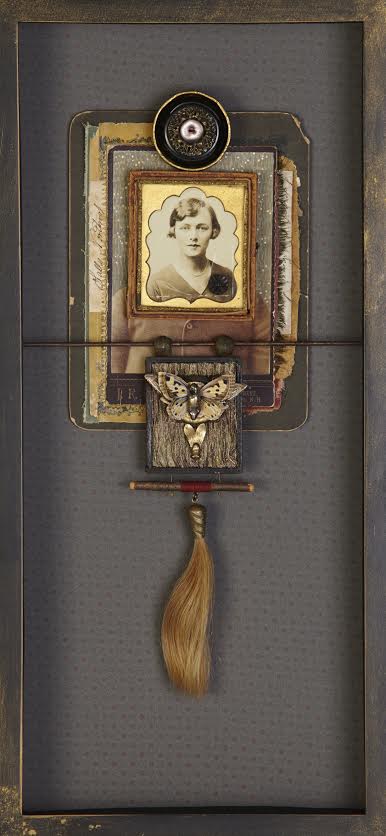
On every one of her collages lies a moth, a Chinese symbol of a deceased individual’s soul. “As the connection with nature is imperative, the possibility for a loved one’s soul to take the form of a moth is a relatively common belief. This embodiment is rooted deep within Taoist beliefs, and offers a poetic explanation of common encounters with moths at funerals or shortly after one’s passing.”
Watch for more winged things – art that soars – from each of these artists.
- guest post by Kevin Norman along with Genie Davis
- photos provided by the artists



